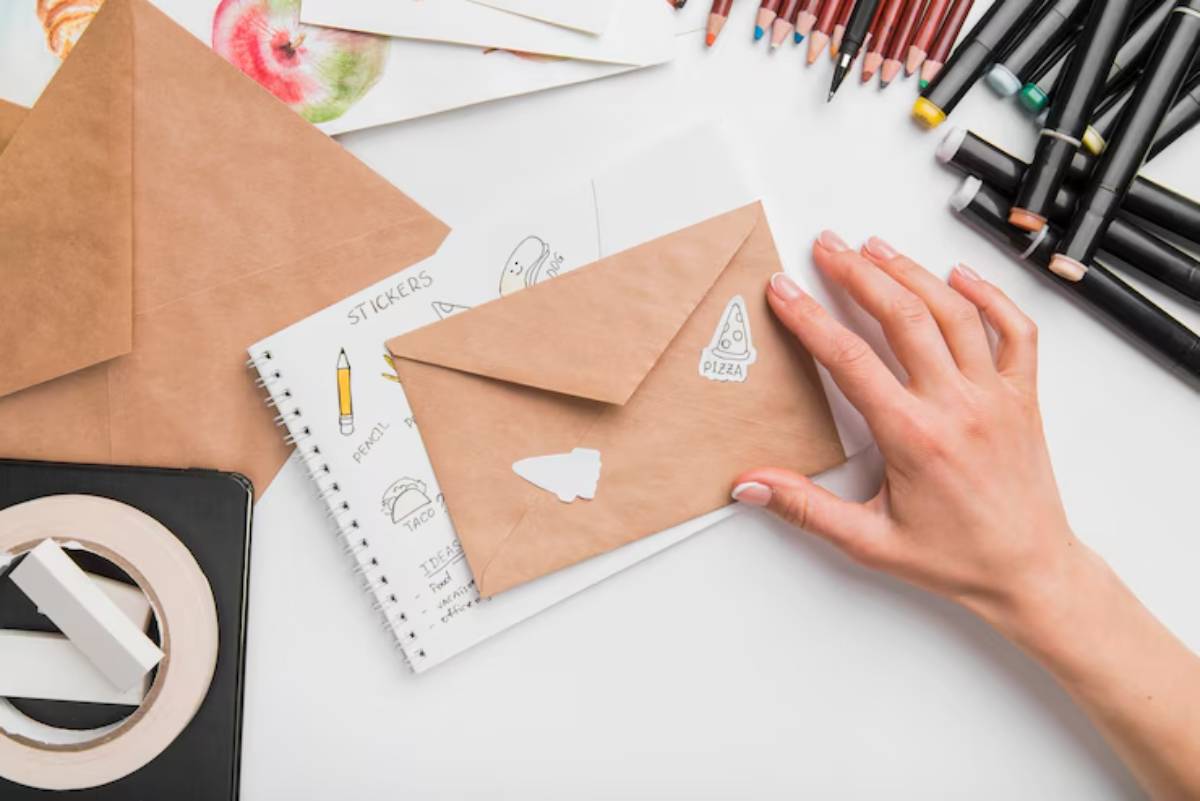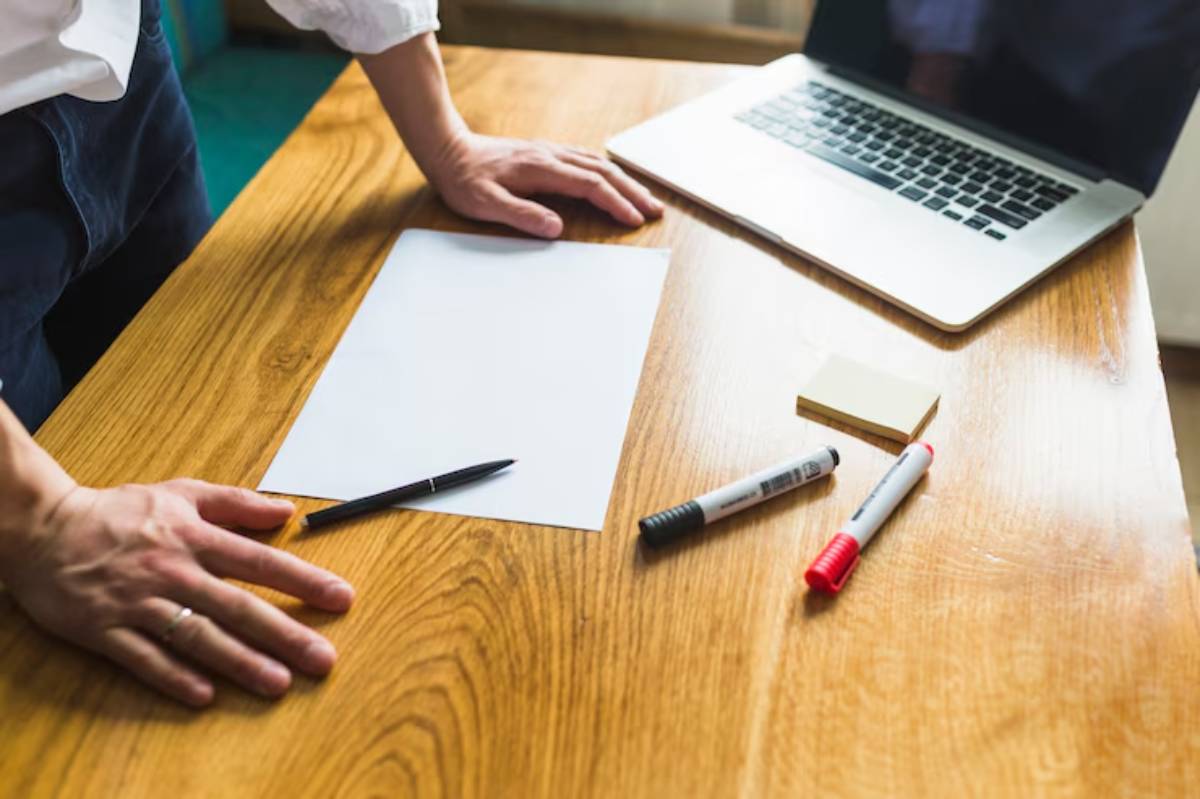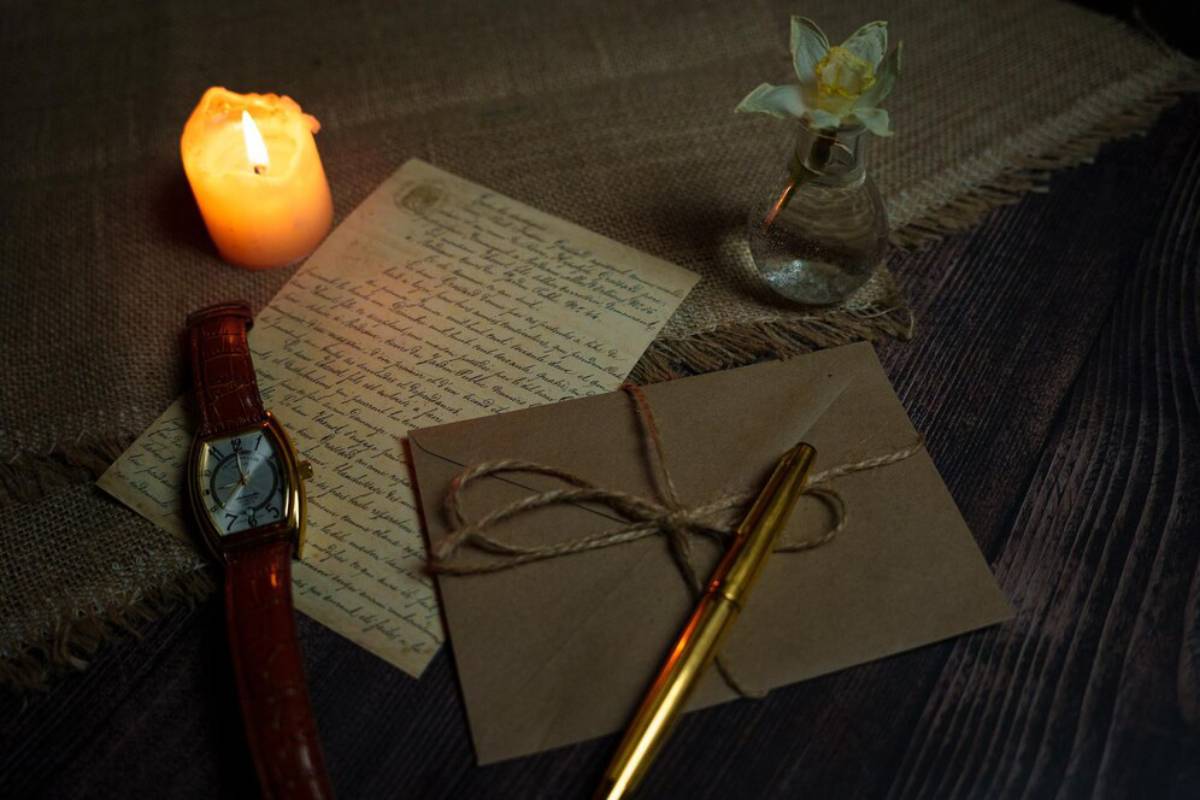
Crafting Letters to Your Future Self
What would you say to the version of yourself one year from now? Five years? Imagine having a conversation across time — sharing insights, fears, dreams, and questions with the one person who knows you best: you. That’s the simple yet profound power of writing letters to your future self.
Future self journaling isn’t just a feel-good exercise. It’s a practical tool rooted in psychology, self-awareness, and goal-setting. Whether you’re seeking clarity for future planning, recovering from a life transition, or simply aiming to grow more intentionally, crafting a letter to your future self can shift your perspective in powerful ways.
In this blog, you’ll learn how to write letters to your future self with purpose, structure, and heart. We’ll explore the benefits, techniques, tips, and examples — everything you need to start journaling for clarity and direction.
Why Write Letters to Your Future Self?
A Bridge Between Now and Then
Writing a letter to your future self is more than just a reflective pastime. It’s an intentional act of connection — creating a mental and emotional bridge between your present mindset and your evolving identity.
Benefits include:
- Gaining clarity for future planning by articulating goals, values, and intentions
- Tracking personal growth by comparing past and present thoughts
- Enhancing motivation through visualising success and progress
- Building emotional resilience by acknowledging fears and fostering self-compassion
For more on how this technique can shape your broader life goals, check out How Future Self Journaling Shapes Your Goals.
How to Start: Setting the Stage for Your Letter
Choose a Time Frame
Decide when your future self will read the letter. Some popular time frames include:
- Short-term (3–6 months) for specific projects or challenges
- One year for annual reflections and goals
- Five to ten years for big-picture life visioning
Use calendar reminders or journaling apps to prompt you to read your letter when the time comes.

Pick Your Medium
You can write your letter:
- By hand in a notebook or journal (most emotionally resonant)
- Digitally via email to yourself or journaling platforms like FutureMe.org
- In audio or video format if you’re more expressive verbally
Each medium offers unique benefits, but handwritten letters tend to feel more intimate and enduring.
What to Include in a Letter to Your Future Self
Anchor Yourself in the Present
Start by grounding your letter with present-day context:
- What’s happening in your life right now?
- How do you feel — emotionally, physically, mentally?
- What challenges or joys are shaping your days?
This snapshot will offer a valuable perspective later.
Example: “Today is 30 April 2025. I’m sitting by the window after a long but fulfilling week. Life feels chaotic, but I’m trying to hold onto gratitude.”
Speak to Your Future Self Like a Friend
Imagine your future self sitting across from you. What do you want to say?
- Offer encouragement or compassion
- Share lessons you’ve recently learned
- Express hopes, intentions, or dreams
Use second-person language (you/your) for a more emotional and direct tone.
Set Intentions or Ask Questions
Letters to your future self are also a fantastic tool for future self journaling techniques, such as:
- Visualising a specific goal or outcome
- Articulating core values or mindset shifts
- Asking questions that invite self-reflection later
Try prompts like:
- “I hope you’ve…”
- “Remember to keep…”
- “What did you learn from…?”
Future Self Journaling Techniques to Deepen the Practice
Technique 1: The Clarity Compass
Use your letter as a clarity compass. Write down:
- What do you want to feel more of
- What do you want to let go of
- Habits or choices that are supporting (or sabotaging) your goals
This helps you set intentional direction rather than just drifting forward.

Technique 2: Repeating Letter Ritual
Make it a ritual: write a letter every six months or a year.
Reflect on these:
- How have you changed?
- What’s stayed consistent?
- What surprised you?
The consistency builds a timeline of growth that’s both practical and deeply personal.
Technique 3: Affirmation Embedding
End each letter with a personal affirmation tailored to your growth area.
Example:
- “I trust the process.”
- “I have everything I need to succeed.”
- “You’re doing better than you think.”
These serve as empowering sign-offs.
Common Mistakes to Avoid
- Being too vague — Use specific examples, emotions, and situations.
- Treating it like a diary — A future self letter is future-facing; focus on what matters going forward.
- Over-editing — Let your voice flow naturally. This is a message from the heart, not a report.
- Skipping emotional truth — Be real. Vulnerability builds connection.
- Forgetting to revisit the letter — Use tools like reminders or email scheduling to ensure you come back to it.
For the science behind why affirmations and reflective writing are so effective, read The Science Behind Therapeutic Journaling.
Best Practices for Maximum Impact
- Write in a quiet, reflective state — Set the mood with soft music or a calm space.
- Date every letter — Always include the date for time-capsule context.
- Be honest and kind — Don’t criticise yourself. Be a compassionate witness.
- Mix logic and emotion — Blend personal anecdotes with practical intentions.
- Review old letters before writing new ones — This creates a feedback loop of self-awareness.
Conclusion: Write Today, Grow Tomorrow
Writing letters to your future self is a powerful, deeply human way to foster growth, resilience, and clarity for future planning. You don’t need to be a writer. You just need to be willing to show up with honesty, hope, and heart.
Your future self isn’t a stranger — it’s a version of you waiting for guidance, encouragement, and a reminder of who you really are. Start today. You might be surprised by how far you’ve come when you finally read that letter back.
What would you tell your future self? Grab a pen and begin.